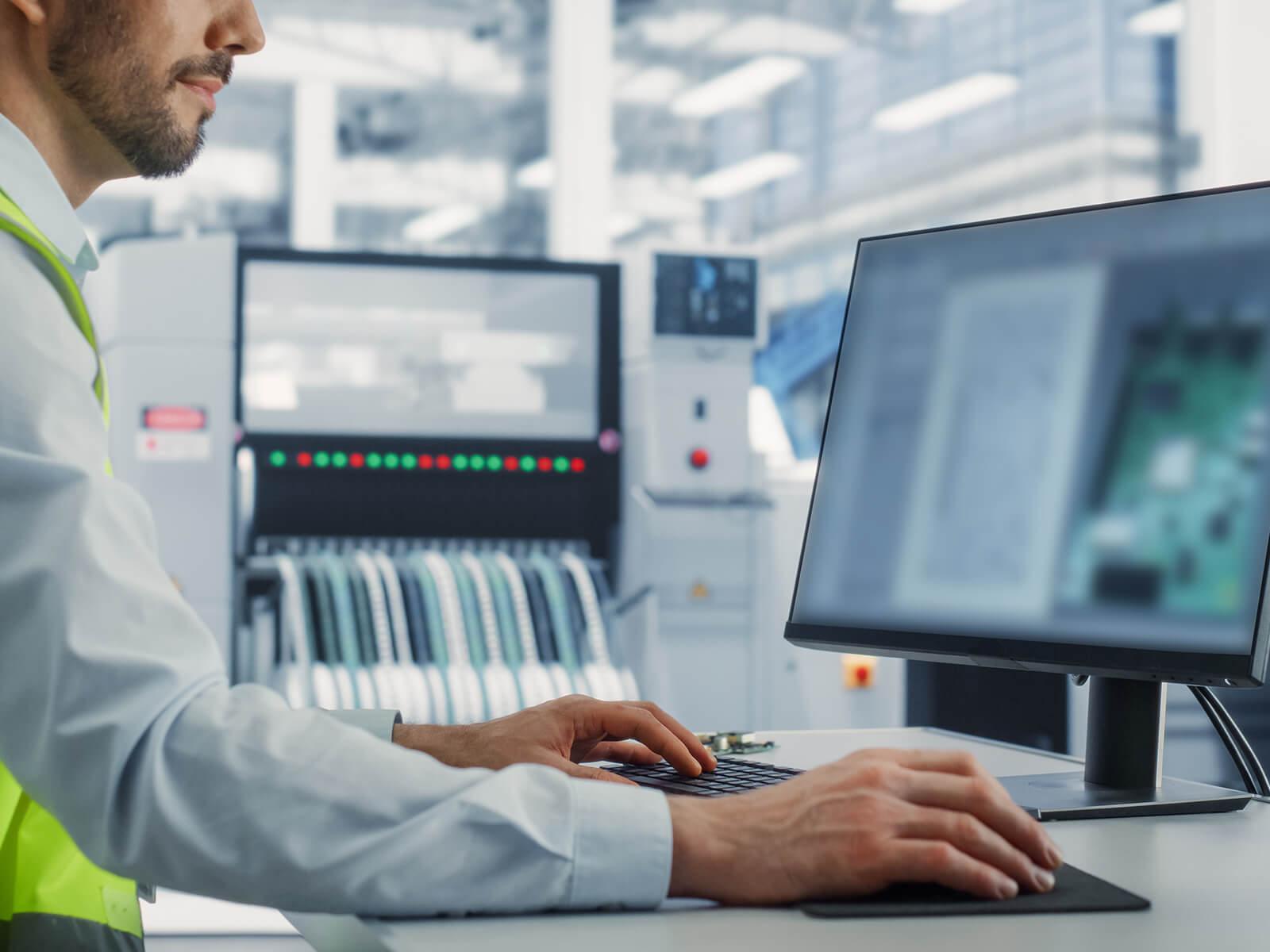- Computer-Aided Manufacturing (CAM) has transitioned from being a technological tool to a cornerstone of modern production processes. It has redefined industrial manufacturing by improving efficiency, reducing costs, and enhancing precision. This article explores the transformative impact of CAM, its applications, and its future in the manufacturing industry.

What is Computer-Aided Manufacturing?
Computer-Aided manufacturing is a cutting-edge technology that streamlines production through specialized software. From initial product designs to final outputs, CAM leverages automation to optimize manufacturing processes.
Definition of Computer-Aided Manufacturing
CAM refers to the use of computer software to control machinery and tools in manufacturing. This approach enables faster, more accurate, and highly efficient production.
Key benefits and applications of Computer-Aided Manufacturing
Entre los principales beneficios de CAM, encontramos:
- Enhanced precision: Automated systems minimize human error.
- Time and resource efficiency: Processes are streamlined, reducing material waste and accelerating production.
- Adaptability across industries: CAM systems can be tailored to sectors such as automotive, aerospace, and medical technology.
Core Technologies in Computer-Aided Manufacturing
CAD Systems (Computer-Aided Design)
CAD integrates with CAM to create seamless workflows, allowing for the design and visualization of products in a digital environment before production begins.
Functions and advantages
Los sistemas CAD permiten diseñar productos en un entorno digital, proporcionando visualizaciones en 3D, análisis estructural y simulaciones antes de la producción física.
- Enables 3D modeling, structural analysis, and simulation.
- Offers insights into product performance and potential design flaws
Popular CAD Software
- AutoCAD: Known for its versatility in engineering and architecture.
- SolidWorks: Ideal for mechanical design and advanced simulations.
CAM Systems (Computer-Aided Manufacturing)
CAM software translates CAD designs into machine-readable instructions, driving tools like lathes, milling machines, and welding robots.
How CAM optimizes production
- Executes tasks with micrometer-level precision.
- Reduces machine downtime through predictive maintenance.
Integrating CAD and CAM
The integration of CAD and CAM streamlines the production lifecycle, from design to execution.
Workflow advantages
- Seamless transitions from concept to mass production.
- Reduced time-to-market with fewer design revisions.
Activities and processes in CAM
Design and prototyping: Virtual prototypes and digital simulations eliminate the need for multiple physical iterations, saving time and resources.
Validation and simulation: CAM software tests the production process virtually, identifying potential failures before manufacturing begins.
Production and fabrication: Machines execute repetitive tasks with high accuracy, enabling the production of complex components with consistent quality.
Maintenance and support: Predictive maintenance systems integrated into CAM can detect and address equipment issues before they cause disruptions.
Comparing CAM with traditional manufacturing
When measured against traditional manufacturing methods, CAM stands out with several key advantages:
- Unmatched precision: Automation minimizes variability in production.
- Cost savings: Although the initial investment in CAM systems is high, long-term savings in material usage and labor costs are significant.
- Flexibility: Quick adjustments to designs can be implemented without halting production.
The future of Computer-Aided Manufacturing
CAM is continually evolving, with emerging technologies such as artificial intelligence (AI) and machine learning enhancing its capabilities.
Emerging trends
- AI-Driven Automation: Machines capable of real-time decision-making will further optimize production.
- Additive Manufacturing (3D Printing): Complementing CAM systems, 3D printing is opening new possibilities for custom and complex designs.
The vision for fully automated factories
Future factories may operate with minimal human intervention, relying entirely on interconnected systems and advanced CAM technologies to maximize efficiency and output. Computer-aided manufacturing has ushered in a new era of precision, efficiency, and adaptability in industrial production. By integrating technologies like CAD and embracing advancements such as AI, industries are better positioned to meet dynamic market demands. Stay connected with us to explore more innovations shaping the manufacturing landscape.